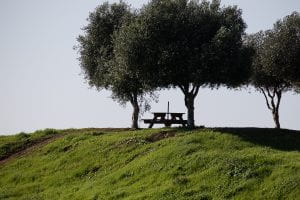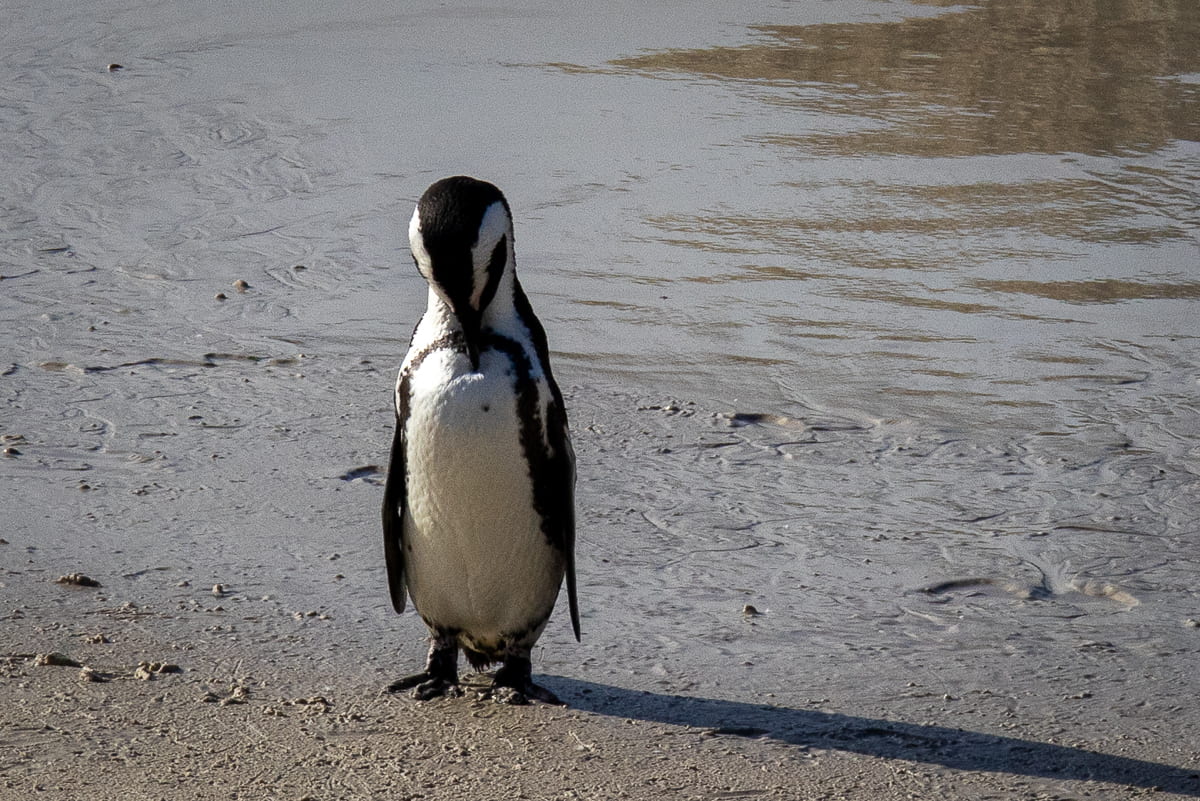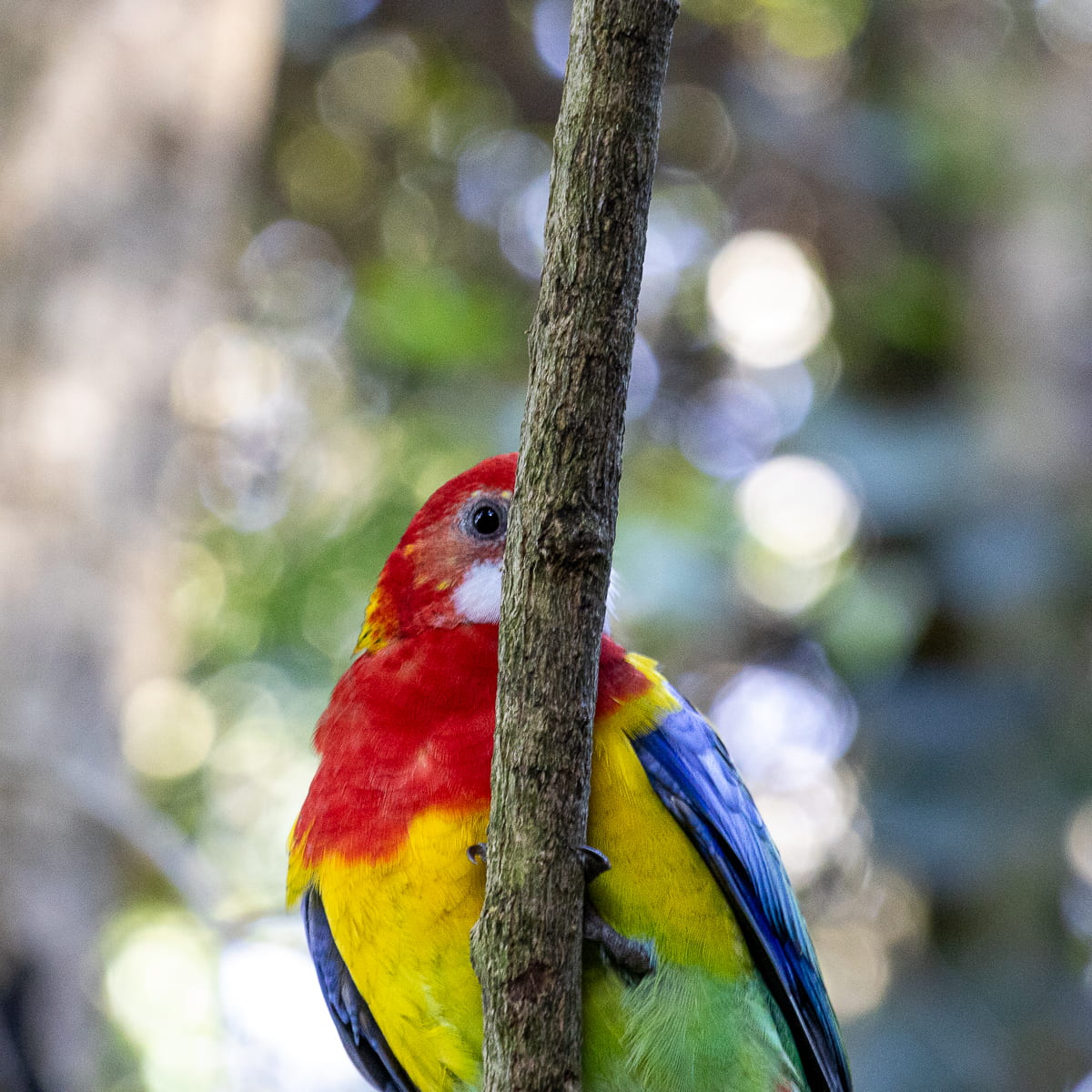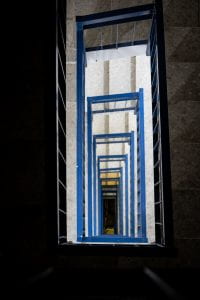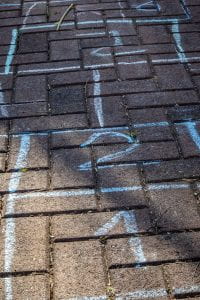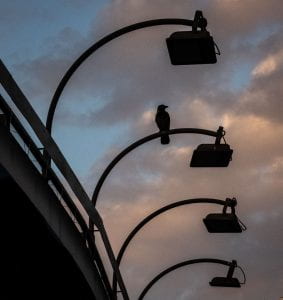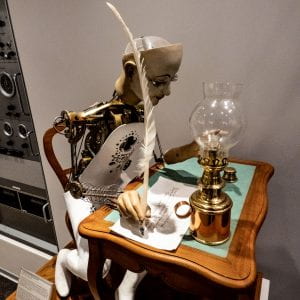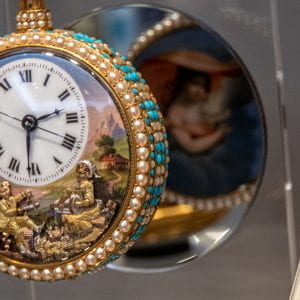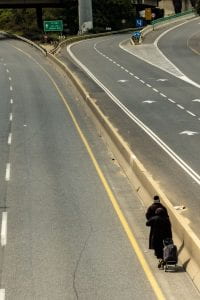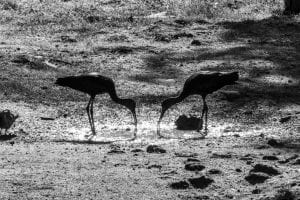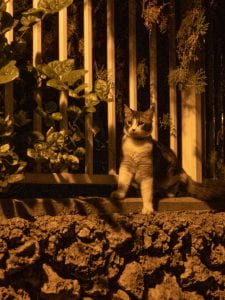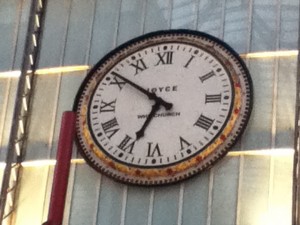
If someone came up to me today and said “I’d like to buy you a few books, which would you like?” I wouldn’t know how to answer.
In fact, I would get a bit stressed by the question.
In recent months I have had no idea which books would suit my mood. I would hate for money to be wasted on a book that I dislike and abandon quickly!
Yet I absolutely NEED to read.
The “Libby” library system harbors no ill will towards me even if I return a book the next day and immediately take another.
No murmured complaint even when I quickly return the next book as well.
More importantly, “Libby has a RANDOM search option!
Now that I’ve been experimenting with reading books I have never heard of (for the most part) using the random search option for quite a while, I’d like to share some “lows” and “highs” of my reading adventure.
Perhaps you might be interested in some of the books!

Naomi’s Photos
“Destiny of the Republic: A Tale of Madness, Medicine, and the Murder of a President” by Candice Millard
I was a bit dubious about the chances of me finding a book about President Garfield interesting when I saw the option that popped up on my results page.. I have to admit that the only thing I knew about Garfield was that he was assassinated. However, it seemed somewhat encouraging that Alexander Graham Bell was a character in the story as well, so I clicked on the “BORROW” button.
The book was fascinating!
Did you know that President Garfield didn’t even run for the presidency when he was nominated by the party?
Or that Bell nearly returned home from the Philadelphia Centennial Exposition in 1876 without anyone noticing that invention in the dark far corner of an upper floor we know as the telephone?
Perhaps you knew that The White House in 1880 was a sagging, damp, rat-infested building that was making its residents ill, but I certainly didn’t.
And that the United States had THREE presidents assassinated before realizing they had to protect their presidents?
Though President Garfield didn’t actually die because of the assassin’s bullet…
I should stop here – elaborating would mean spoilers.
The book is a readable, engaging, and fascinating description of a period, with revelations related to medicine, politics, and law.

“Robin” by Dave Itzkoff vs. “I Was Better Last Night” By Harvey Fierstein
I adored the actor Robin Williams and can remember how shocked and saddened I was by his untimely death. As I knew nothing about his life, I was quite pleased when this biography popped up as a suggestion written by a serious author.
Too serious.
I stopped reading when Robin Williams was in his mid-twenties. I was very interested in his childhood but beyond that period in William’s life, I found the writing uninspiring and sagging under the weight of too many details.
I also realized I didn’t want to see his life dissected by another in such a clinical manner. I’ll always remember him as Mork!
On the other hand, I found Harvey Fierstein’s autobiography to be quite interesting even though the name meant nothing to me when I began the book. A kid from Brooklyn that went far…
Fierstein narrates the audiobook itself which adds to the interest! He knows how to tell a story!
I hadn’t known that Robin Williams chose Fierstein to play his brother in “Mrs. Doubtfire” after seeing him “bomb” one night at an event!

“The Authenticity Project” by Claire Pooley
This is a “feel-good” book that is well written, with relatable characters. It was both amusing and touching. While it is no spoiler if I tell you there will be a happy ending, there are lots of unexpected turns along the way. I enjoyed it!
” Choose Your Own Autobiography” by Neil Patrick Harris
I tried this on as an audiobook, narrated by the author, and returned it very quickly. The concept sounded intriguing but I found it distracting and uninteresting.
Harris IS a good narrator though, and I believe he has narrated several books.

“Nettle & Bone” T. Kingfisher
A clever fantasy book which I quite enjoyed, particularly as I listened to it as an audiobook, read by someone who could “do the voices” really well.
The author takes familiar elements from fairy tales and creates something entirely different and unexpected with these elements. The story is at times rather dark, other times amusing, always emphasizing a woman’s point of view, women’s various roles in society, and their power.
“Dear Prudence” by Daniel Lavery
Skip this one.
I thought reading about the unusual questions people sent to a newspaper “Advice Column” might be amusing so I hit the BORROW button.
However, beyond the opening one, I never made it to any more readers’ questions. The author embarked on a long autobiography which I was not interested in at all. Didn’t the editor tell him that it would be better to share his life story in bits, between the letters, perhaps related to them?
“EARLY RETURN” for that title!
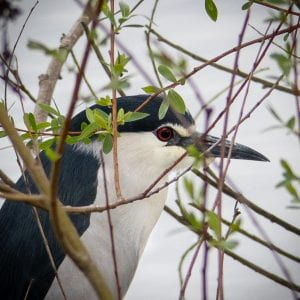
“This Time Tomorrow” by Emma Straub
This is a “What If” story of a 40-year-old daughter trying to come to terms with the impending death of her beloved father.
“What if” as in a form of “time travel” that allows her to go back in time and try different things which might lead to a different outcome, for her father and herself.
While I was less interested in the detailed descriptions of time spent as her 16-year-old self, and real life doesn’t give you chances to try out alternative realities, I could relate to the way she thought about and examined her relationship with her father, and how the death of a parent is inevitable at some point.
“1Q84” by Haruki Murakami
I’m currently reading this one and it’s really good, I find it difficult to stop.
Things are not what they seem, unexpected twists at every turn. More “fast-paced” than what I remember of the previous Murakami books and very well written.
Thanks, Libby for suggesting this one – I’m hooked!
Let me know if you have read any of these titles!

